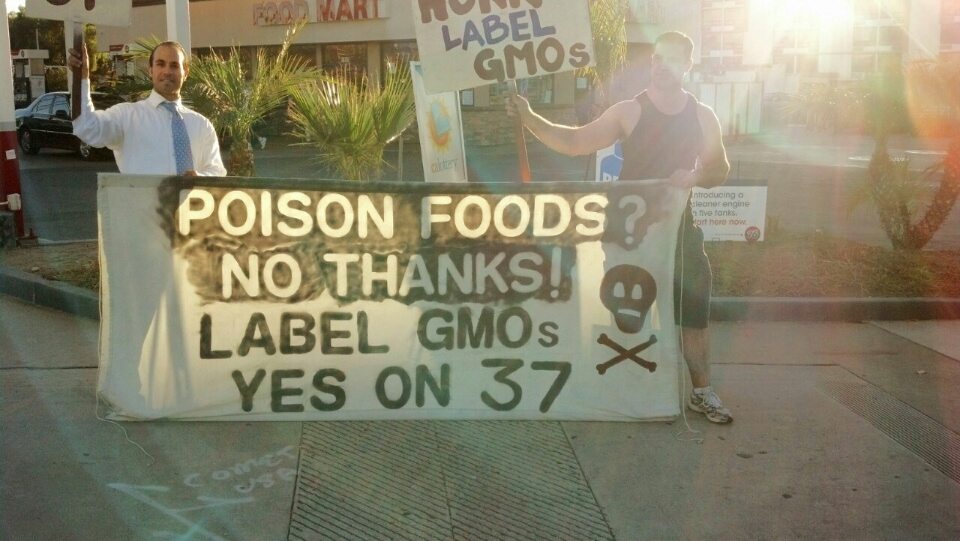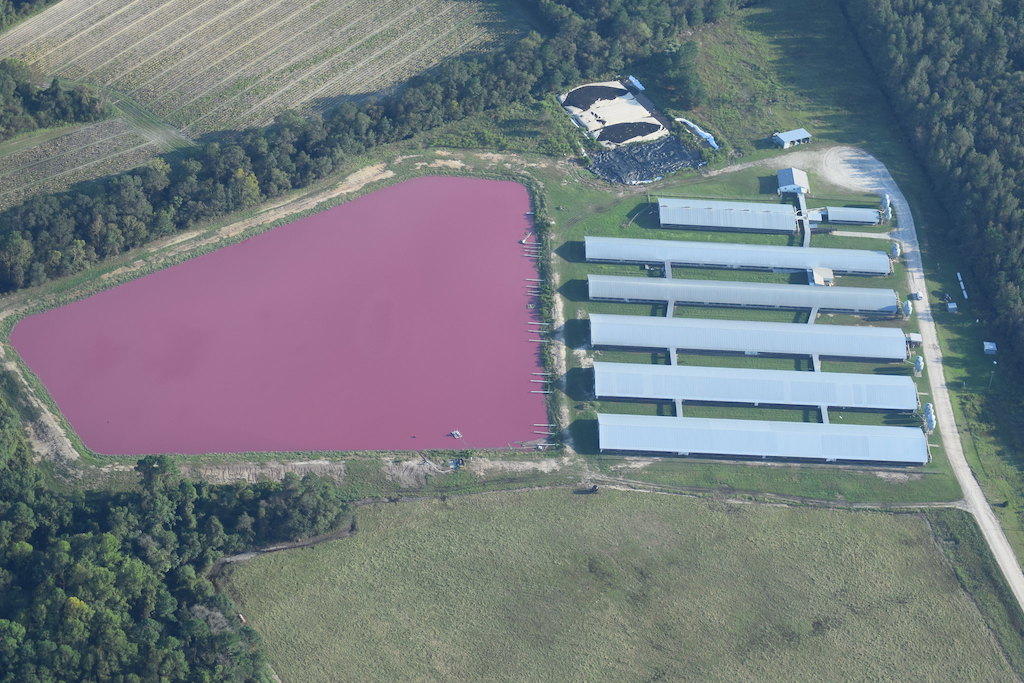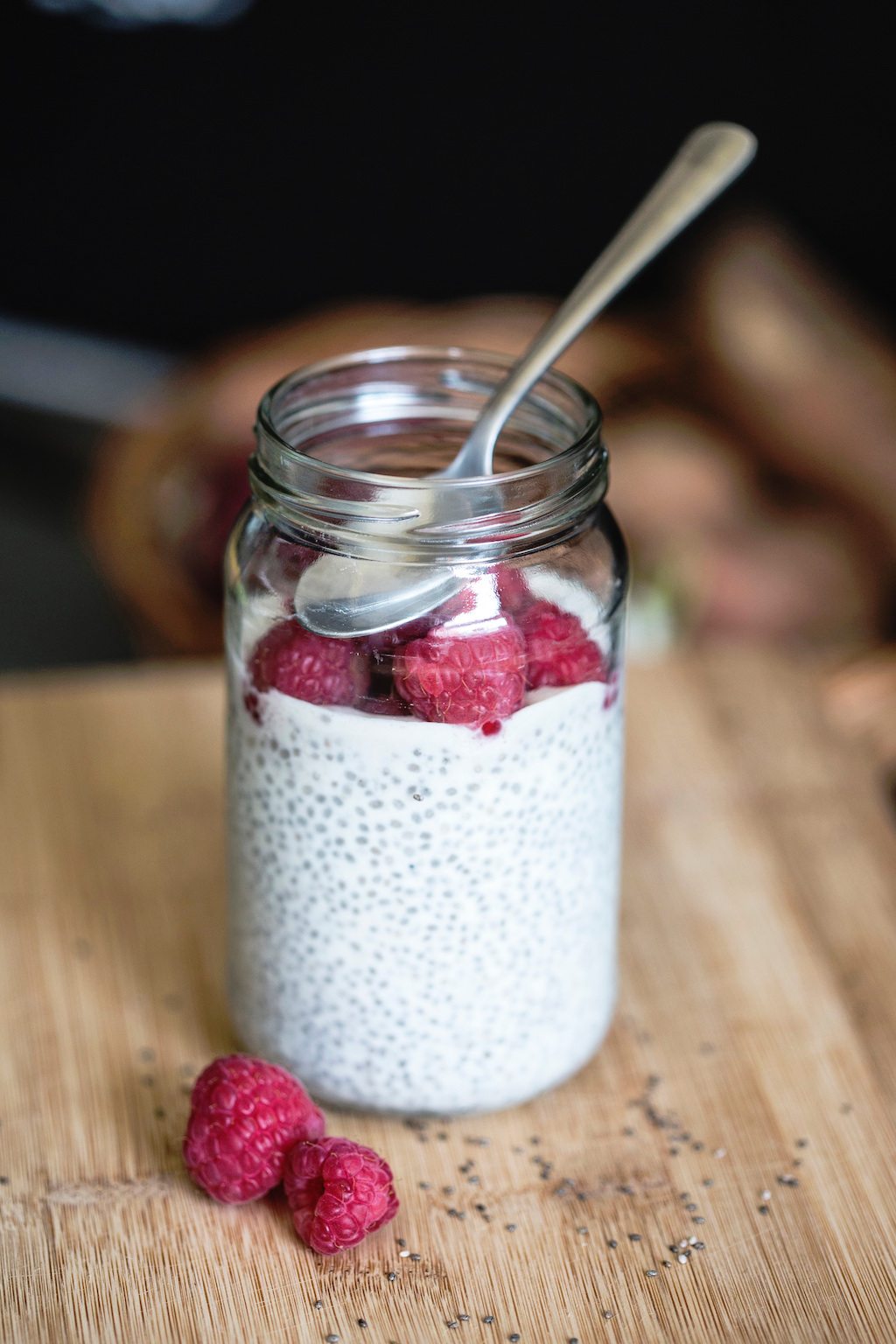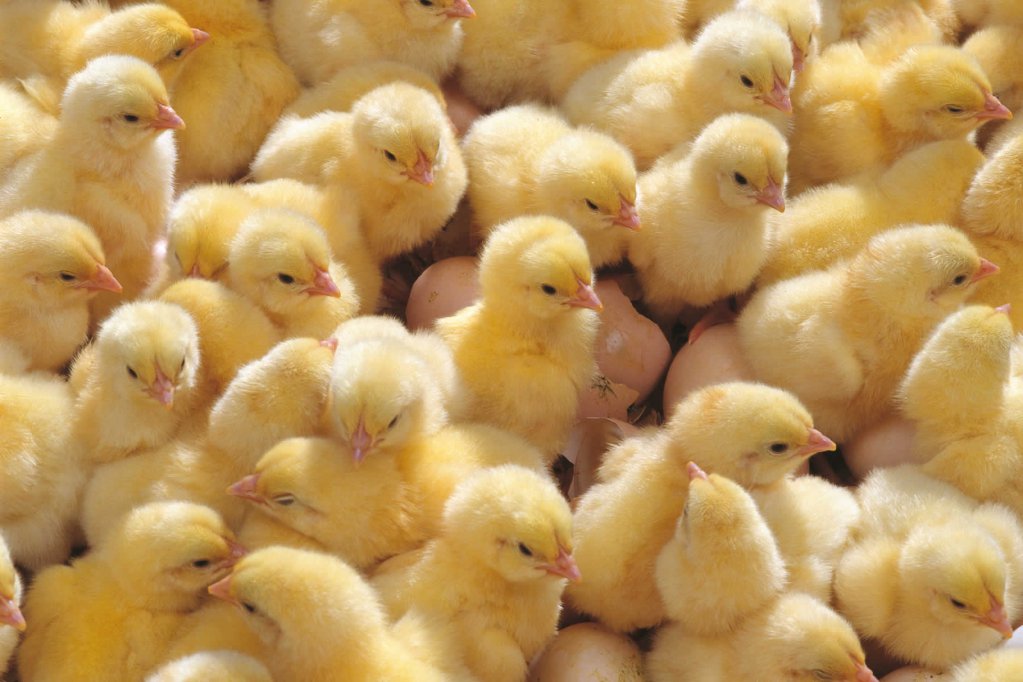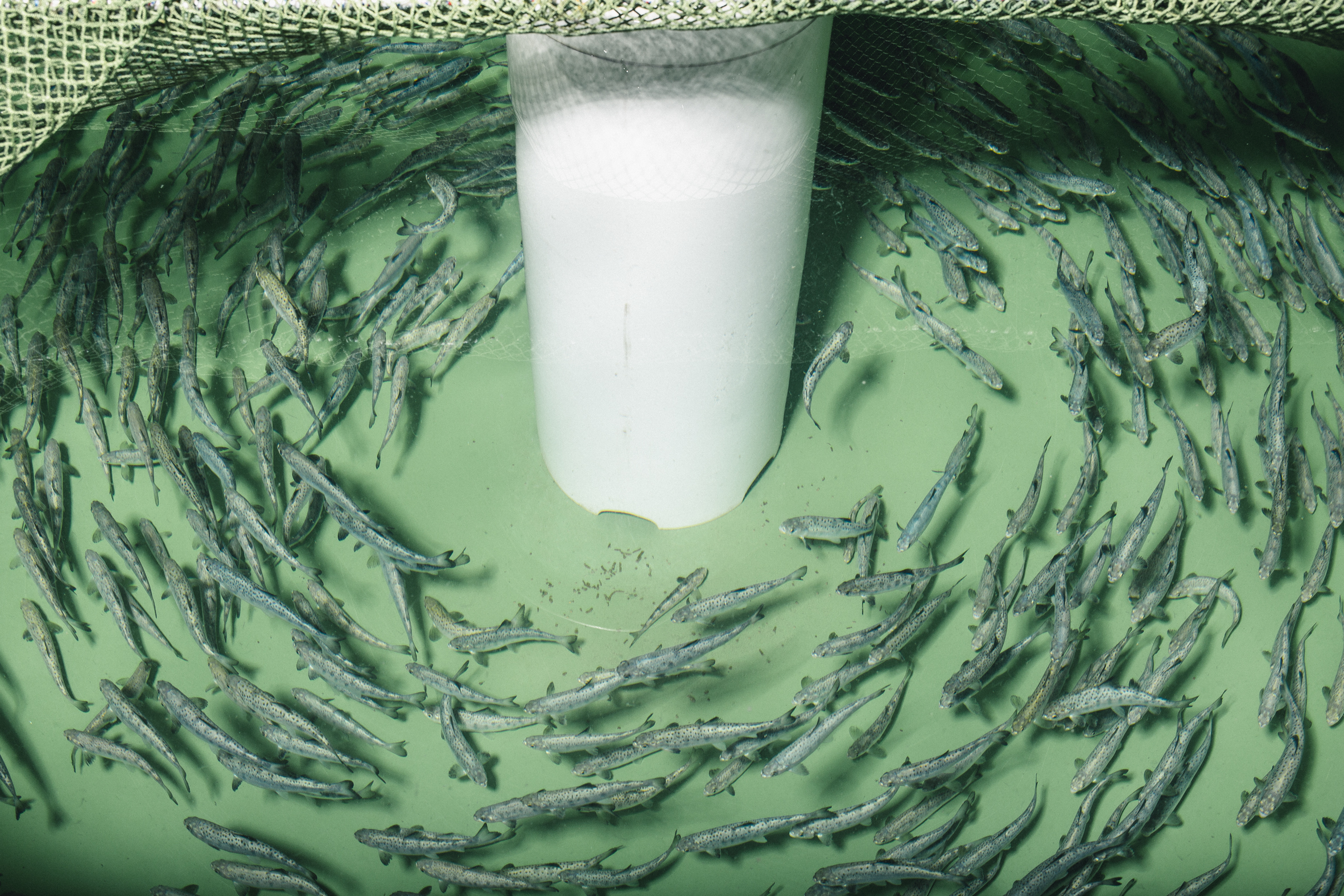
Aquabounty
On Friday, the Food and Drug Administration lifted an import restriction that allowed AquaBounty, a biotech company with facilities in Canada and Panama, to start raising genetically engineered (GMO) salmon eggs in America, effectively clearing the way for the country’s first GMO seafood—and first commercially raised GMO animal—to come to market.
AquaBounty’s AquAdvantage salmon, which has been in development since the 1990s, is already available in Canada. The company’s proprietary breed of fish is modified to contain genes from Chinook salmon and an eel-like creature called an ocean pout, which allows it to grow twice as fast, on less food, than a normal Atlantic salmon.
When FDA approved the fish in 2015, the agency found it had no health or safety issues, and displayed no material or nutritional difference from traditional Atlantic salmon. So why hasn’t the AquAdvantage yet been available at stores in the U.S.?
As is often the case with foods produced by an emerging technology—like, for example, cell-cultured meat—questions around labeling have been a major issue.
 Aquabounty
Aquabounty The rapid growth rate of a genetically engineered AquaBounty salmon (left) is obvious when compared to a non-GE salmon (right) of the same age
In 2015, Alaska Sen. Lisa Murkowski filed an appropriations bill rider that blocked FDA from introducing the salmon into the market until the government published labeling guidelines. The threat of competition was one possible motivation: Some fear that these faster-growing fish could hurt wild salmon fishers in the Pacific Northwest, and particularly in Alaska, where salmon is a billion-dollar industry, according to trade group estimates.
While GMO labeling was being negotiated, Murkowski kept pushing. In 2017, she and three other senators introduced legislation specifically to label the AquAdvantage salmon as “genetically engineered,” and to subject it to environmental review. (“There’s a huge difference between ‘Frankenfish’ and the wild, healthy, sustainably-caught, delicious real thing—and I want to make sure folks are aware of that,” she wrote, in a statement, though the bill never went anywhere.) When the USDA released its bioengineered labeling guidance in December, the agency indicated the rule would apply even to products regulated by FDA—including this salmon. With a labeling framework in place, Murkowski’s import ban ended.
In a statement, the Senator says she continues to “have serious concerns about splicing DNA from two animals to produce a marketable fish,” and adds that the “bioengineered” labels, which don’t require the disclosure of that information—just like they don’t require the disclosure of how GMO corn or soy is made—do not “suffice as giving consumers clear information.”
Sylvia Wulf, the company’s recently-installed CEO, says the company is looking to bring the product into U.S. restaurants and food-service channels before it ends up in supermarkets. That’s partially a question of scale. Currently, AquaBounty only has one American hatchery, located in Indiana. But it’s possible that a fresh, local salmon, farmed only a day earlier, will have a broad appeal.
“Because it doesn’t have to be flown in from Chile or Norway, it’s going to be really fresh,” she says. “The fish is farmed so close to consumption. That’s really the opportunity.”
Fresh, perhaps—but not wild-caught. And that distinction makes all the difference in Alaska, and other places where more traditional methods of fishing are big business.
“We see that as just another farmed seafood product, and we’ve been competing against farmed salmon in the marketplace for several decades now,” a director at the Alaska Seafood Marketing Institute said, talking to a radio station in Juneau. “Wild, natural, sustainable—those are attributes that really only apply to Alaska salmon, wild-harvested salmon, and that sets us apart in the marketplace.”
Opposition to the fish comes in other forms, too. There are questions about whether the AquAdvantage salmon could be an invasive species and interbreed with wild salmon stocks. After all, fish farm breaches are known to happen, and FDA’s initial approval required the salmon be raised in contained tanks, on land. (The company claims its salmon are modified to be sterile, but nevertheless, has pledged to destroy any batch of eggs that are not.) Before the approval, a number of grocery chains, including Whole Foods, pledged not to sell the salmon, though it’s not clear if retail outlets will shift their stance as the product becomes more mainstream.
Controversy aside, genetically modified salmon are coming. Due to their shorter, 18-month lifespan—half the length of a conventional salmon—the company expects to harvest its first American-raised fish in September 2020.



